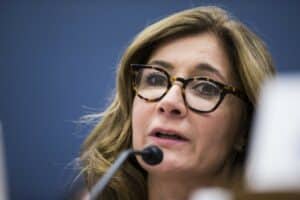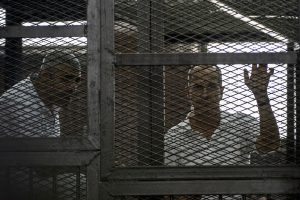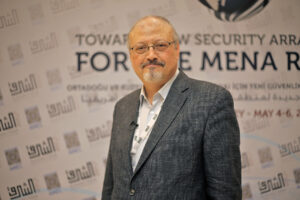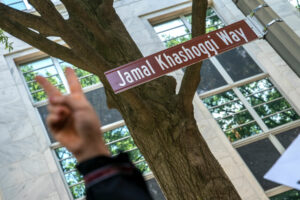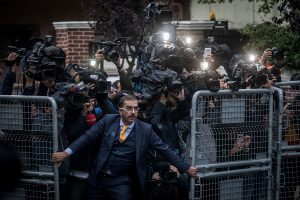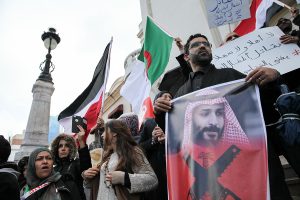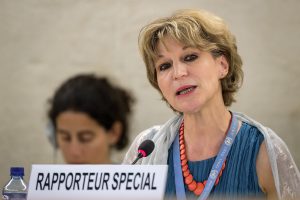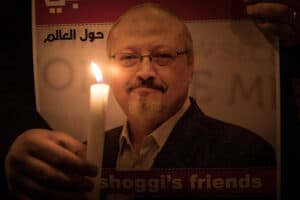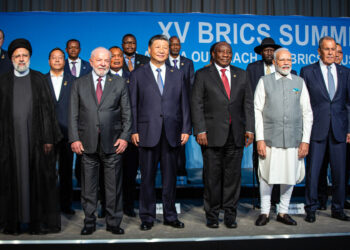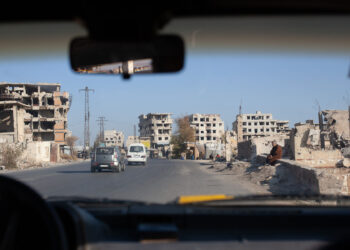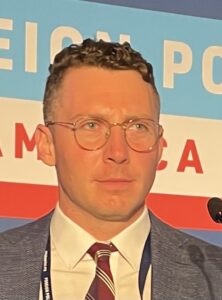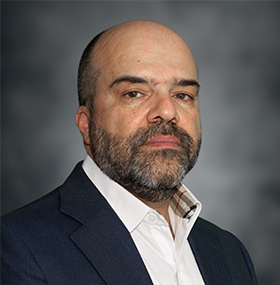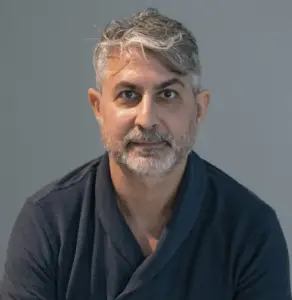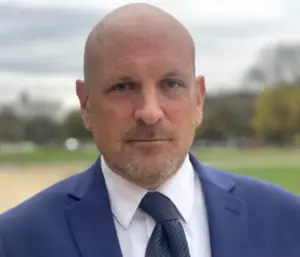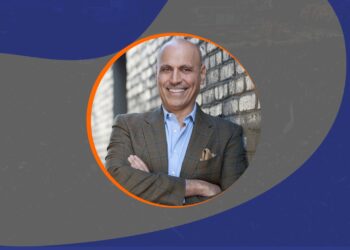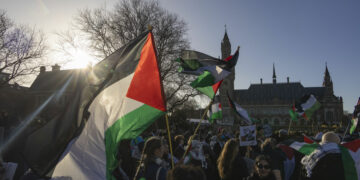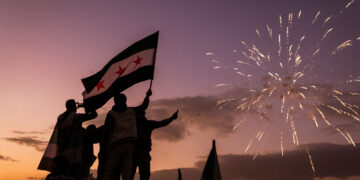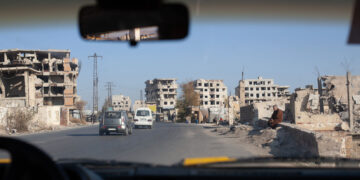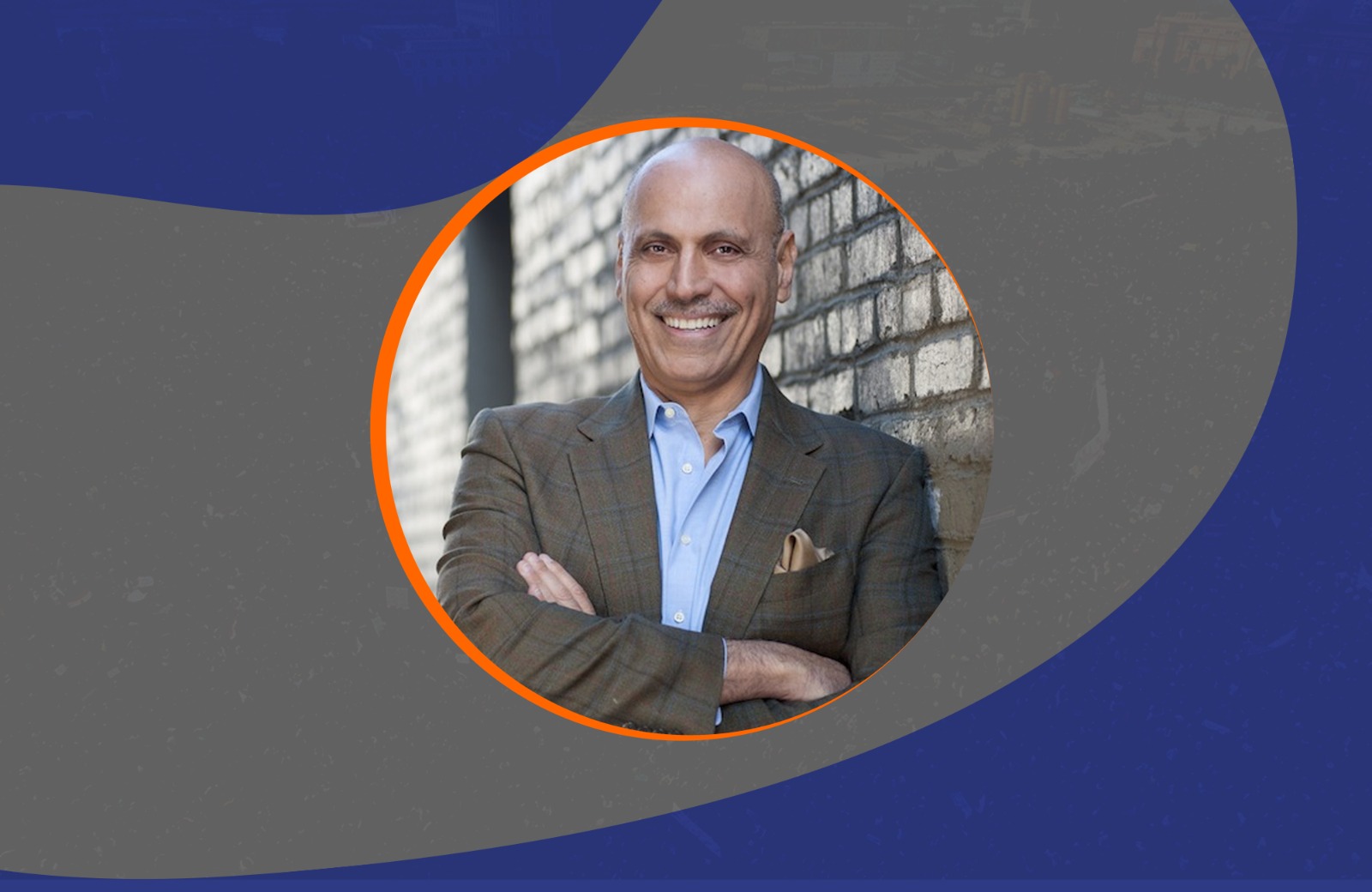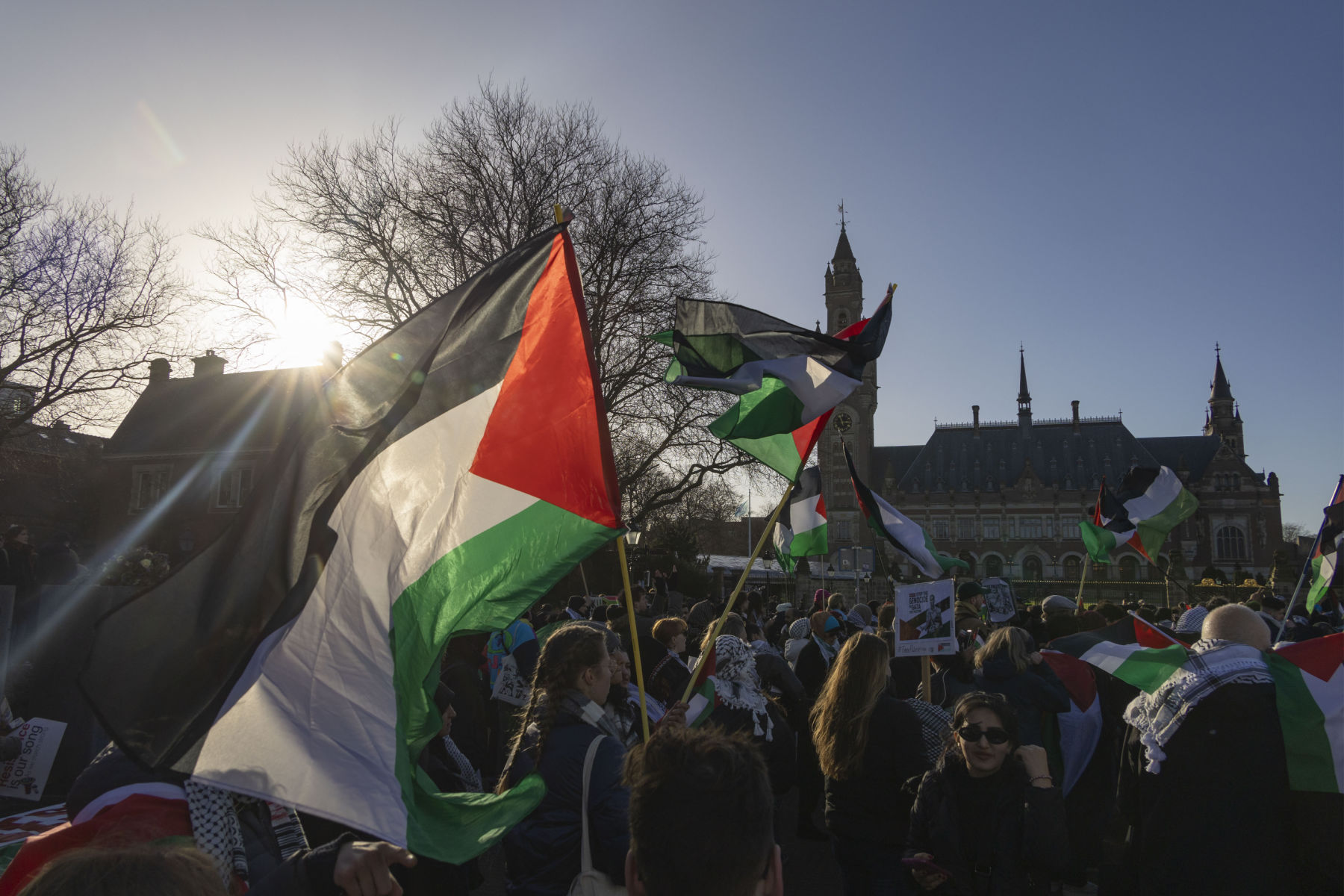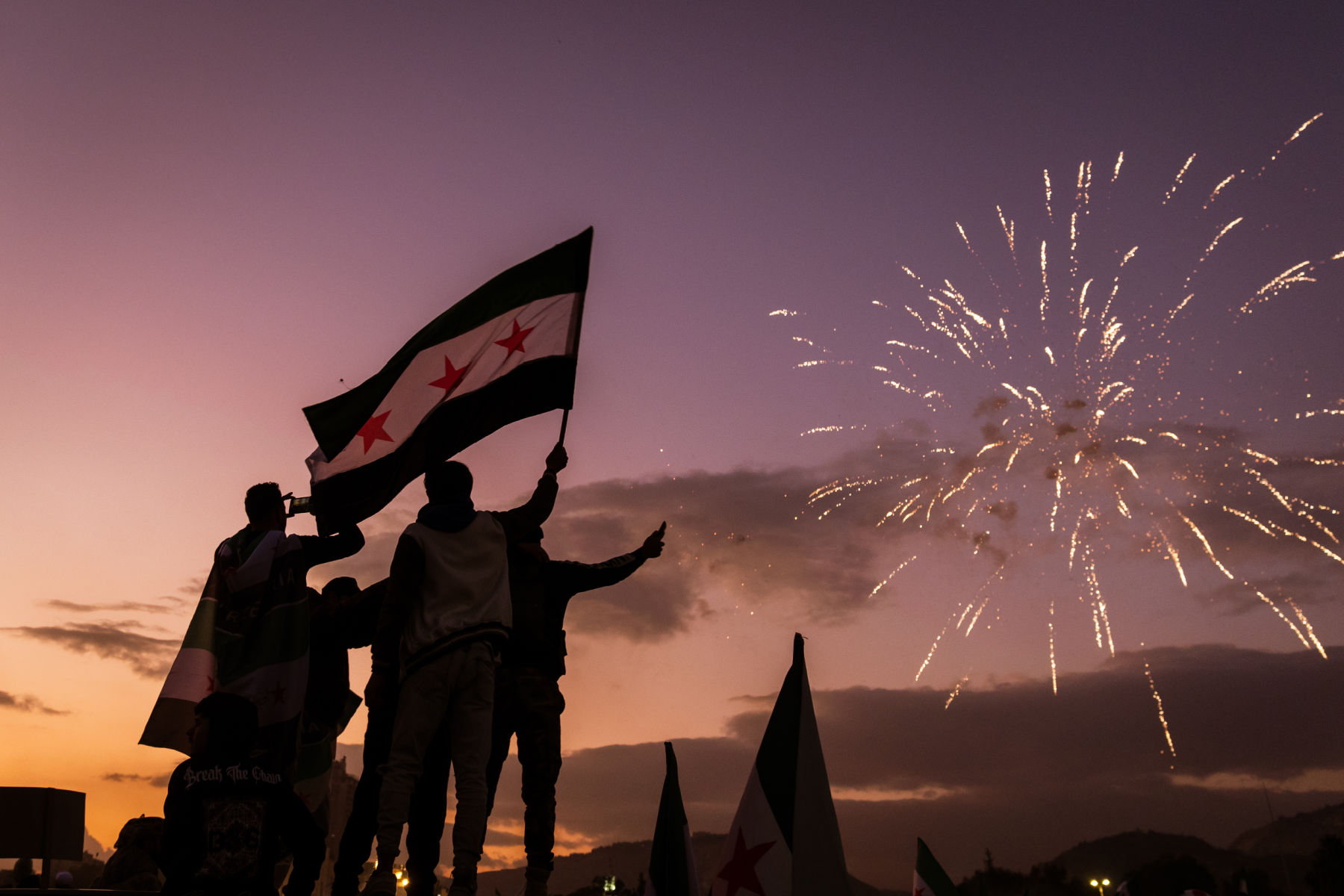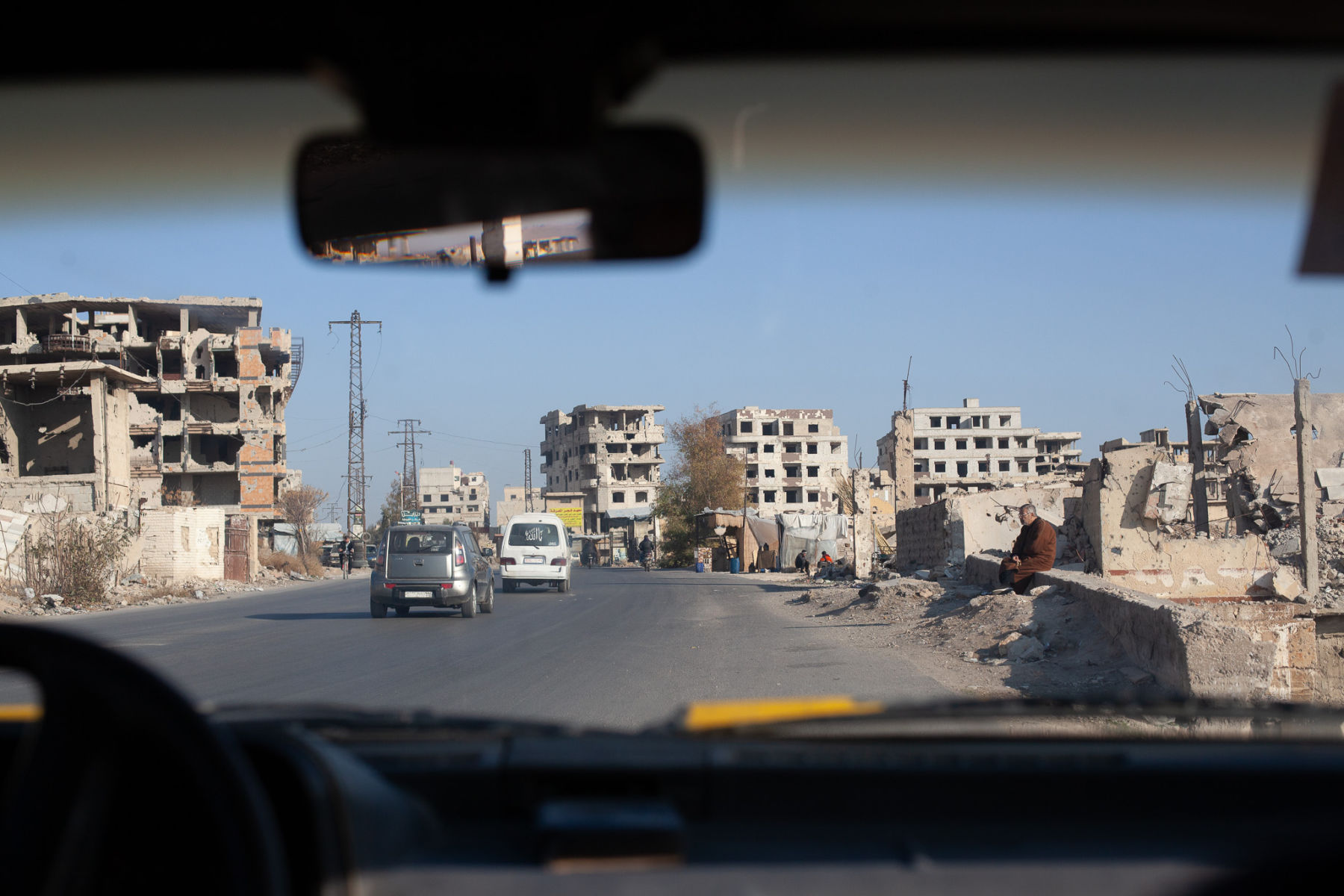Yasser Elsheshtawy is an independent scholar and adjunct professor at Columbia University’s Graduate School of Architecture, Planning and Preservation. He is the author of "Dubai: Behind an Urban Spectacle," among other publications.
The relationship between architecture and autocracy is as old as architecture itself. Great monuments of the past, such as the pyramids of Egypt or the Greek Parthenon, were all built at the expense of slave laborers, exploited to glorify the ruling class. This has continued throughout the course of architectural history.
The World Cup in the Arab Gulf sheikhdom of Qatar is the modern manifestation of these trends. The Qatari government is using spectacular architecture and infrastructure to proclaim the country and its capital, Doha, as a modern, gleaming and global powerhouse, even though none of this would have been possible without the efforts of a massive and widely mistreated migrant workforce imported for that purpose. This raises the issue of the architect's responsibility in accepting commissions from autocratic regimes. Are they implicitly sanctioning exploitation and abuse? Is architecture a politically neutral act, as some architects claim? Or, can architecture be a vehicle for social change?
The star Swiss architects Jacques Herzog and Pierre de Meuron designed the centerpiece stadium of the 2008 Olympics in Beijing, known as the Bird's Nest, in collaboration with the Chinese dissident artist Ai Weiwei. The architects argued in all seriousness that following the conclusion of the Olympics, public spaces and parks surrounding the stadium and its cavernous external spaces could be used as sites for gathering and democratic activism. They believed that it would "change China." Rem Koolhaas, designer of the CCTV Headquarters in Beijing that opened after the Olympics, argued that architects need to adopt "a more nuanced approach when looking at developments in countries with dictatorships." Issues of freedom, justice and democracy, while important, need to be raised without "moralism" and can only come about if there is a dialogue, the Dutch "starchitect" suggested. "In China," Koolhaas added, "there's a very authoritarian regime that is doing wonderful things in many ways for its citizens."
Plaguing this World Cup is the sordid relationship between autocracies, architecture and megaprojects, through which regimes seek to whitewash—or sportswash—their abusive human rights records.
- Yasser Elsheshtawy
Very similar discourses take place when architects are involved in commissions in the Middle East, especially the oil- and gas-rich Gulf. When asked about her responsibility with respect to the plight of migrant workers involved in the construction of Doha's al-Wakrah Stadium (now known as al-Janoub Stadium) in preparation for the 2022 World Cup, the late and world-renowned British-Iraqi architect Zaha Hadid replied: "I have nothing to do with the workers. I think that's an issue the government—if there's a problem—should pick up. Hopefully, these things will be resolved."
Her design for the stadium is architecturally distinctive, in Hadid's signature undulating style, but should aesthetic considerations supersede the social and political implications of accepting the Qatari state as a client? Hadid faced similar scrutiny for her projects in other countries, like the Aliyev Cultural Center in Azerbaijan, which was likened to "artwashing a dictatorship." Her audacious proclamation about the treatment of workers in Qatar illustrates one of the main issues plaguing this World Cup: the sordid relationship between autocracies, architecture and megaprojects, through which regimes seek to whitewash, or sportswash in this case, their abusive human rights records, presenting their country as a beacon of inclusivity and progress.
Qatar is hardly alone in this regard. Similar accusations can be directed at Argentina's hosting of the 1978 World Cup while under the rule of a military junta; Russia's hosting of the World Cup in 2018, a propaganda win for Vladimir Putin; China's own abuse of migrant workers during its preparation for the 2008 Olympics in Beijing; or, much closer to Qatar, Dubai's exploitation of a vast migrant workforce in the United Arab Emirates for its multiple international spectacles, such as the Dubai 2020 Expo. Consider even the United States' treatment of undocumented migrant workers, as it will be host of the next World Cup in 2026 alongside Mexico and Canada. Injustices, whenever and wherever they occur, must be called out. Indeed, architects—especially those of the stature of Hadid, Koolhaas and others, like Norman Foster who designed Lusail Stadium that will host the World Cup final—have an added obligation to challenge those in power, rather than take another lofty commission from them.
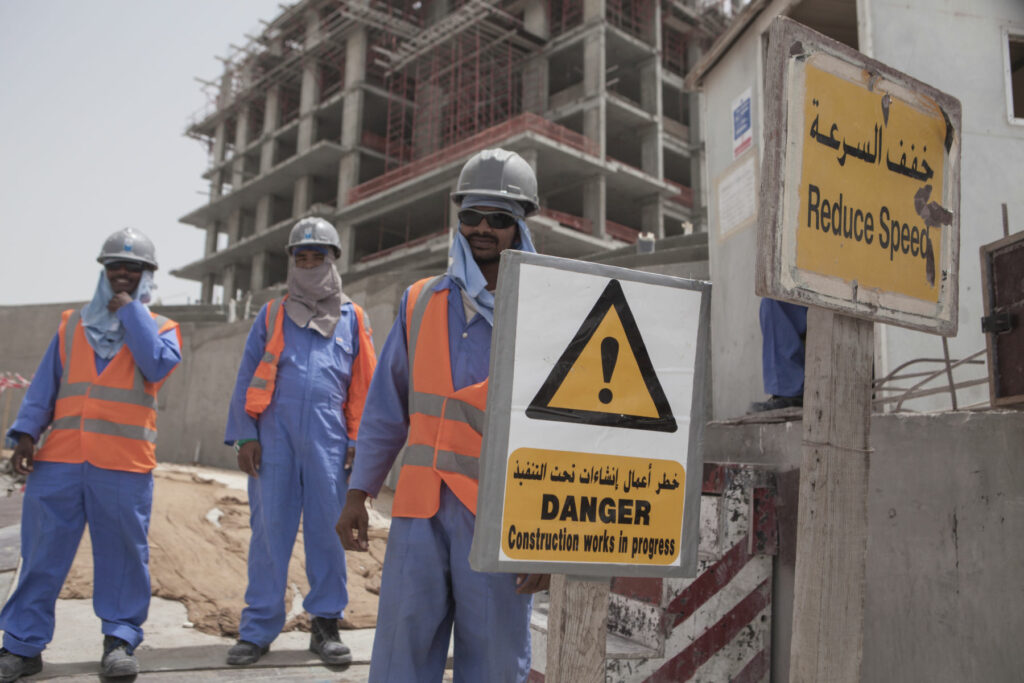
No doubt, Doha's feverish urban transformation has employed not just thousands of migrant workers, but also an army of architects, planners and consultants, all in the service of staging this World Cup—at a reported cost of some $300 billion. Much of the tiny petrostate's spending spree has gone into building entire infrastructure, including a new metro system to accommodate an expected 1.2 million World Cup visitors. Seven new stadiums were exclusively constructed for the tournament. There is also a new airport, a vast series of new roads and about 100 new hotels. Added to all this is an extensive downtown regeneration project, which includes the Msheireb development, a high-end, mixed-use neighborhood billed as Doha's "new downtown" that looks much like any other luxury development in Dubai, Abu Dhabi or other Gulf cities.
In line with similar ventures in the region, an entire new city, Lusail, has been constructed—also largely planned and designed by Foster—around the stadium that will host the final match. Official government figures note that 30,000 foreign laborers were hired just to build the stadiums, among a total migrant workforce estimated at 2 million. Most come from Bangladesh, India, Nepal and the Philippines. To put this in a larger context, out of a population of approximately 3 million, Qatari citizens make up just 15 percent of the country, or about 350,000 people. Such a massive demographic imbalance is no doubt problematic and reveals the vast inequality in Qatar (as in much of the Gulf), but it also highlights the fact that these rapid construction efforts do not come without a human cost. As numerous reports have pointed out, thousands of workers have died while toiling on Qatar's many, many construction sites. The Guardian, in a widely cited report that relied in part on official embassy figures of migrant countries of origin, claimed that more than 6,500 migrant workers from India, Pakistan, Nepal, Bangladesh and Sri Lanka have died in Qatar since it was awarded the World Cup. The total figures are estimated to be much higher, since The Guardian's reporting did not include deaths from countries like the Philippines and Kenya that also send thousands of workers to Qatar.
Architects—and especially the "starchitects" who designed much of this World Cup and so many other projects across the Gulf—should use their position, privilege and power to speak up.
- Yasser Elsheshtawy
These statistics are not abstract numbers. Behind each and every death is a tragic story illustrating the dire conditions under which these migrants must work. Take Mohammad Shahid Miah, a migrant from Bangladesh featured in that Guardian story; he was electrocuted in his shoddy worker housing after floodwaters came into contact with exposed electricity cables. Countless others like him live in worker camps, with names like Industrial Area and Asian Town, far removed from the glitzy cityscape that Qatar's government has built for visitors. These camps are nothing less than ghettos where workers are supposed to find some relief after long hours under the harsh Gulf sun. And yet, time and again these inhumane conditions can prove fatal. As squalid as their living circumstances are, many workers were evicted from them just before the opening game of the World Cup last month. Their employment was terminated because they were no longer needed. Finding themselves on the street, they have struggled to find work or even return to their homeland.
The Qatari government disputes these facts and figures, and argues that labor reforms have been implemented. Yet their adoption has been inconsistent and sporadic.
What if FIFA's slogan, "Fair Play," were applied to urbanism and architecture? The idea being that the built environment should play a role in ensuring equitable access to all and not just a select few—in stark contrast to this World Cup in Qatar, but also the previous World Cup in Russia, and the World Expo in Dubai? What if architects and urban planners adopted their own code of ethics, similar to the Hippocratic Oath in the medical profession, to uphold ethical standards and "do no harm"? Think of it as an "Architect's Oath," pledging to not engage in projects that will result in injustice, oppression and exclusion.
The unfortunate reality, of course, is that harm takes place, irrespective of any good intentions. Merely listening to some of the testimonies of migrant workers involved in the construction of Qatar's World Cup extravaganza is heartbreaking, as it demonstrates how they have been prevented from enjoying the event that they have played such a large role in building. The Athletic recently devoted a remarkable article to the diaries of four migrant workers, two from Nepal and two from Kenya. As Karun, from Nepal, writes, "I tried to buy tickets. Unfortunately, there was no way to do it. I was so sad. We had all hoped to watch in the stadium! Instead, I've been watching it on my mobile phone, sitting in my room." As Jagat, another Nepalese worker, laments, "I'm not eating strawberries in Qatar. I buy my cooking gas and make what I can in my accommodation. There are 60 to 70 of us on my floor, and only six bathrooms between us."
The final game of this World Cup will soon be held, the last goal scored perhaps by one of the many celebrated star athletes in Doha: Messi, Mbappé, Ronaldo. The solid gold trophy will be awarded. Fans will cheer. And FIFA will congratulate itself, alongside Qatar, for a successful tournament, the first in the Middle East. Qatar will proclaim its own triumph and arrival as a country worthy of being called modern and progressive.
But for many migrant workers, barely surviving in cramped labor camps after long days in the desert heat, it will be a different story that could end tragically. Such unjust conditions will inevitably continue throughout the Gulf once this World Cup ends. The neighboring UAE is already preparing for its next spectacle event in next year's COP28 climate summit, while Saudi Arabia is angling to host the 2030 World Cup. Architects, and especially the "starchitects" who designed much of this World Cup and so many other projects across the Gulf, should use their position, privilege and power to speak up. They have a voice, but if they stay silent, abuse and exploitation will continue unchecked. And no amount of sportswashing can ever erase this unfortunate legacy.

